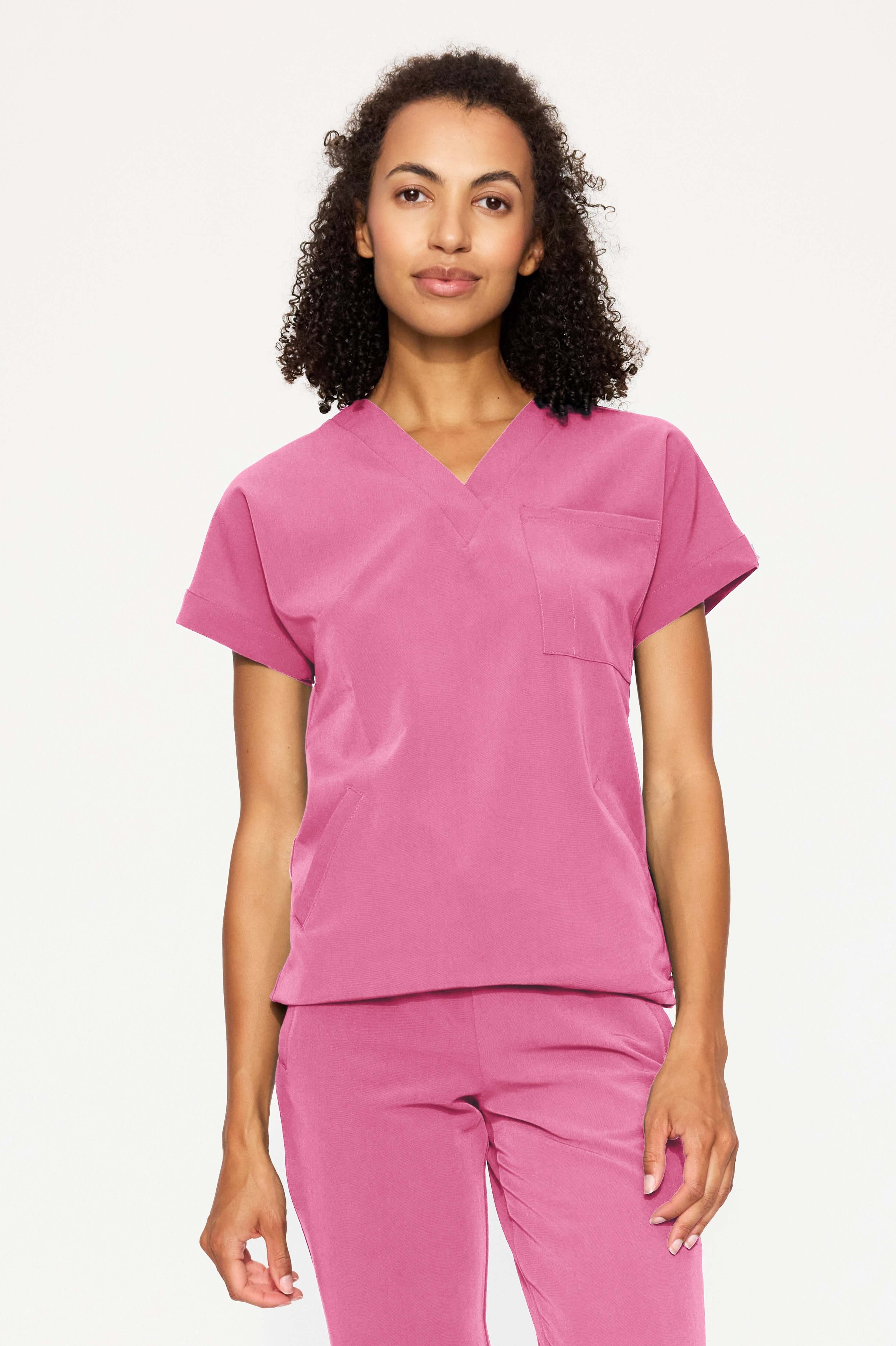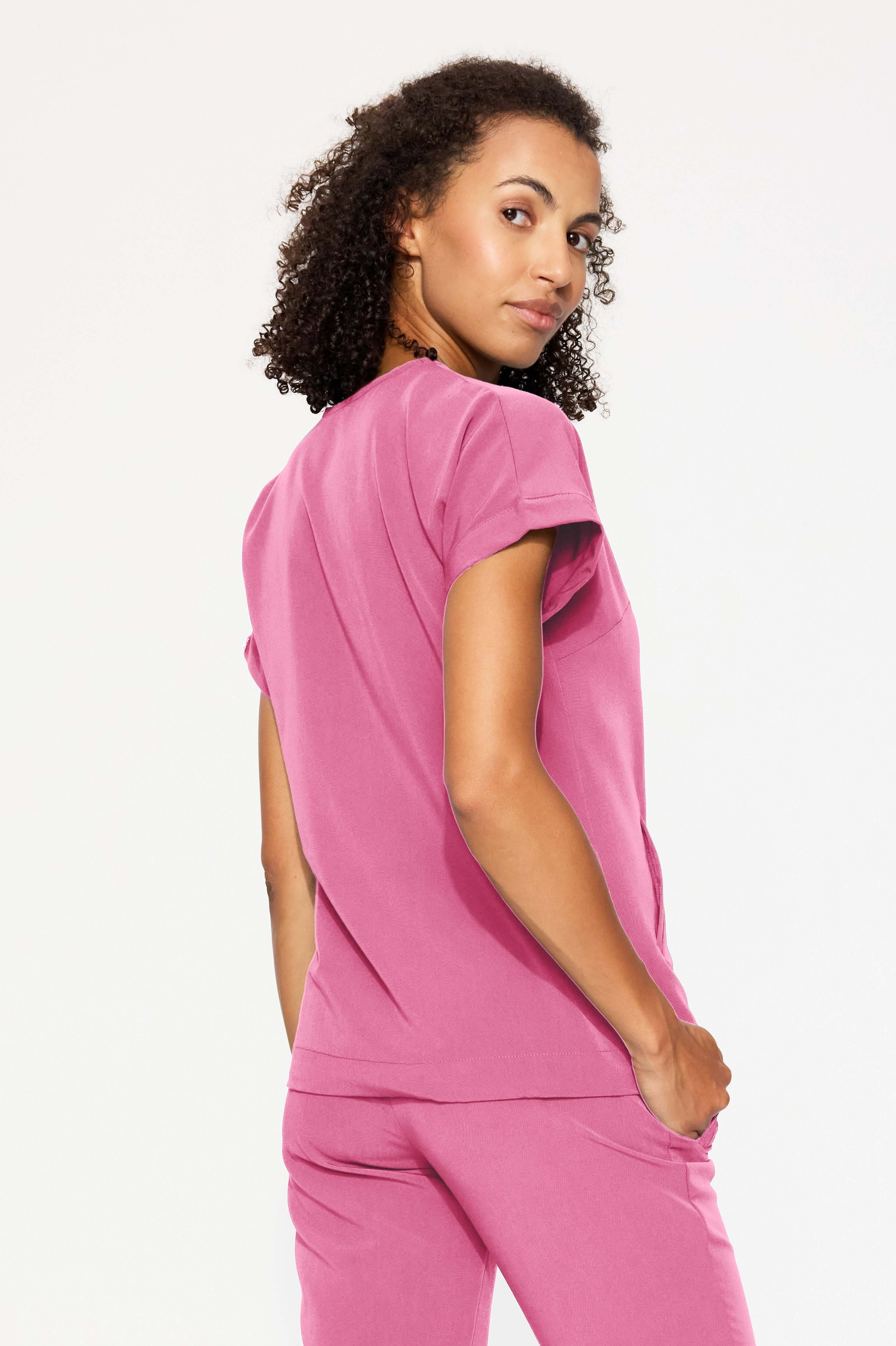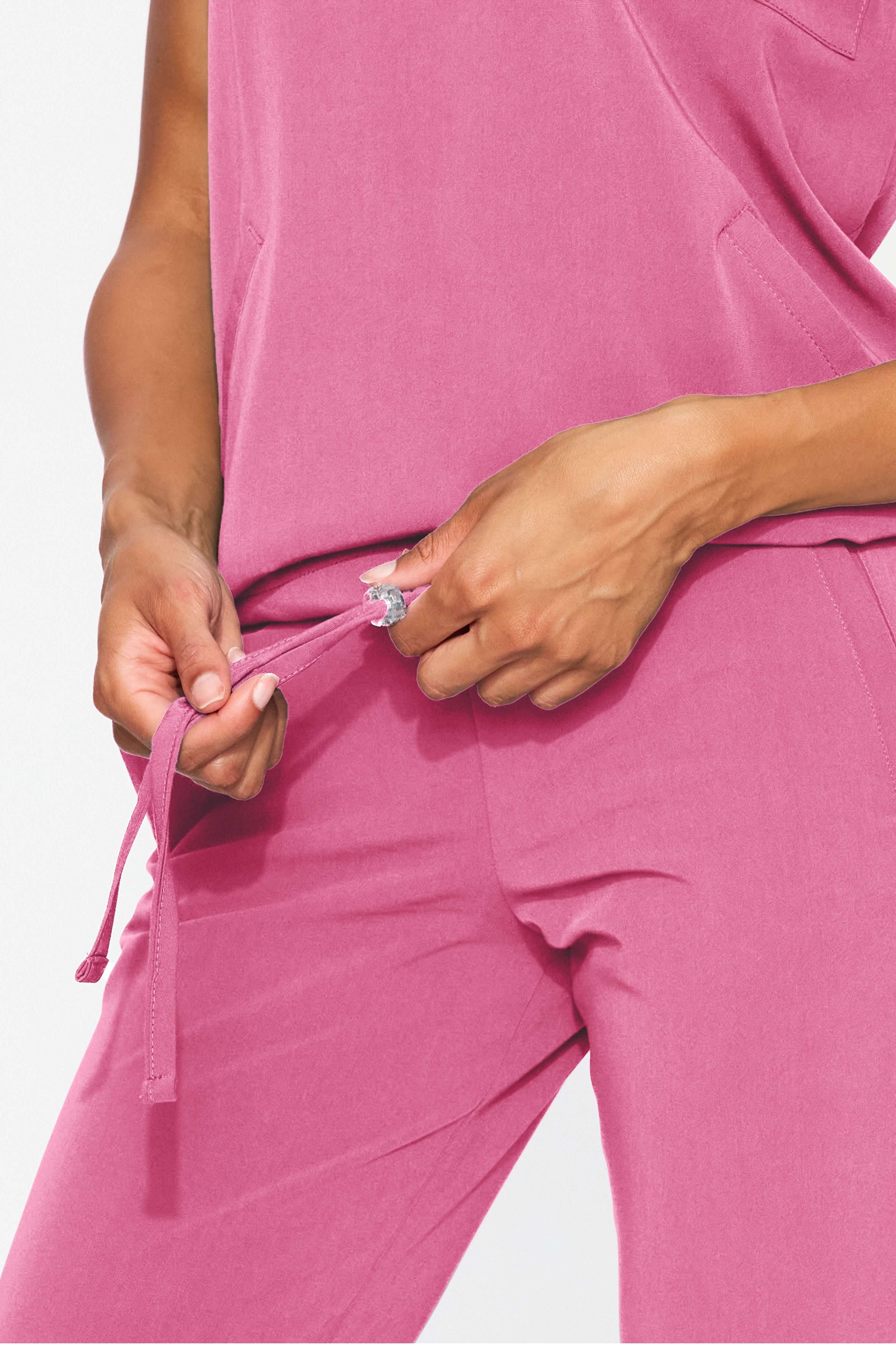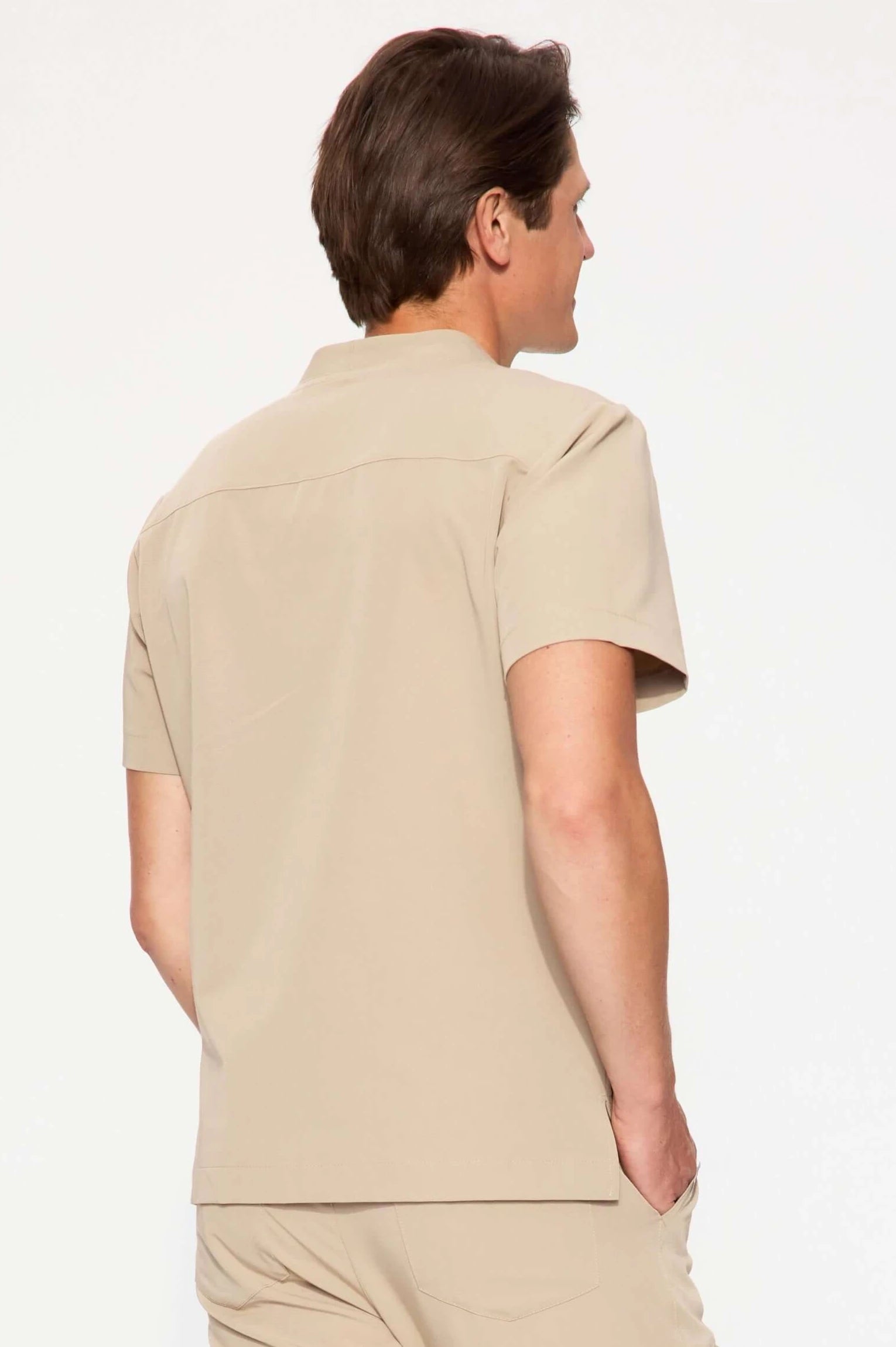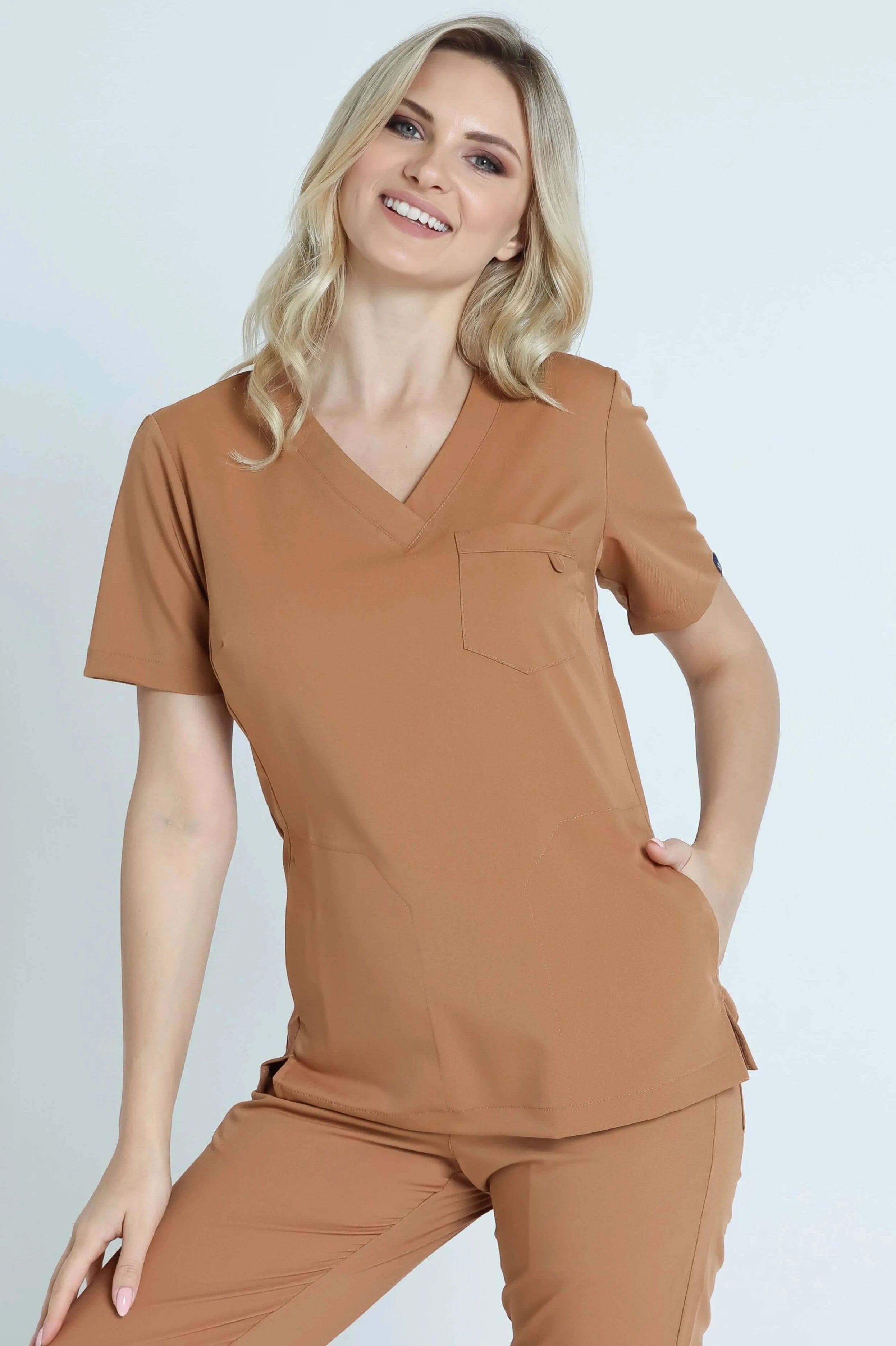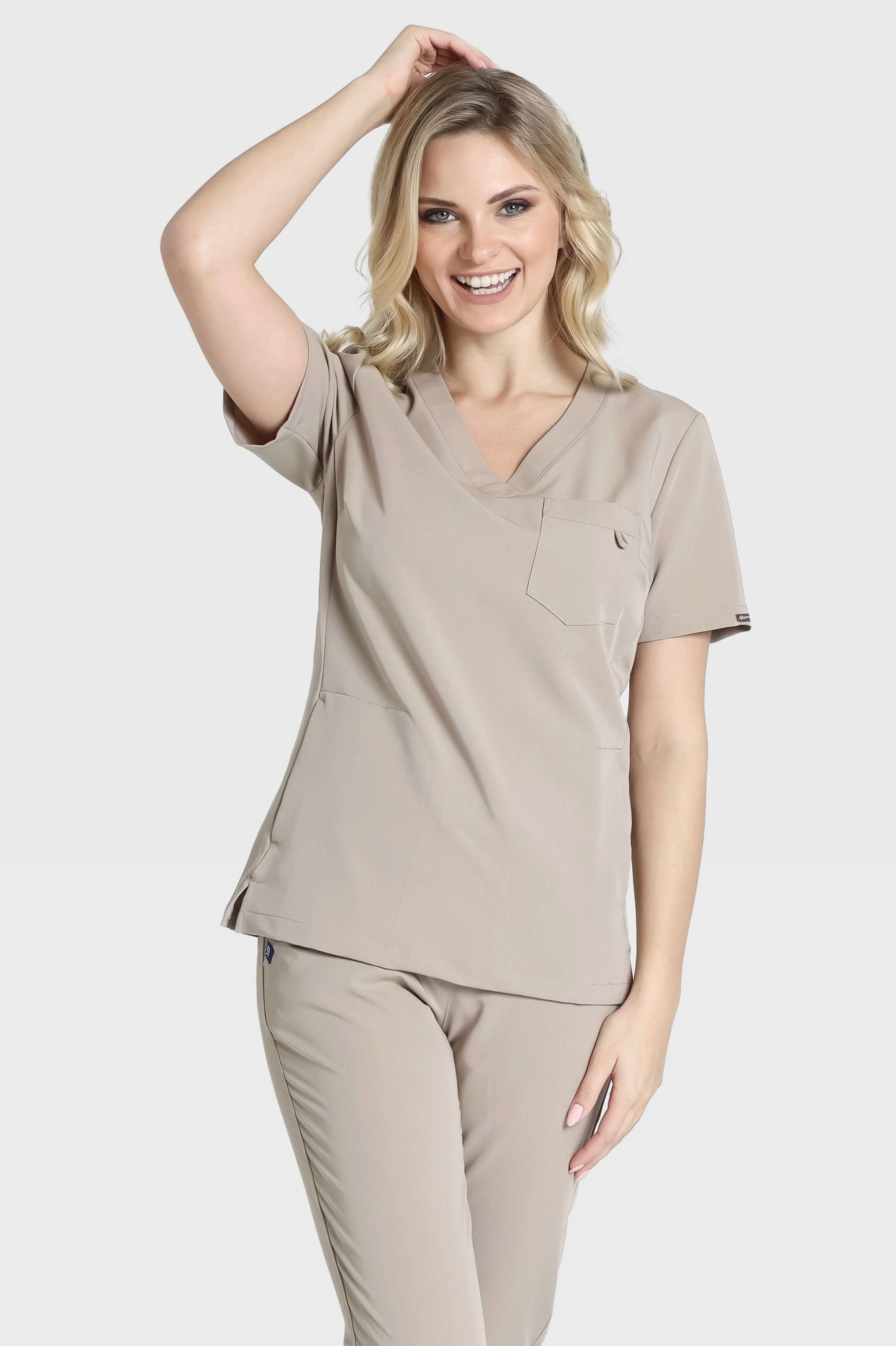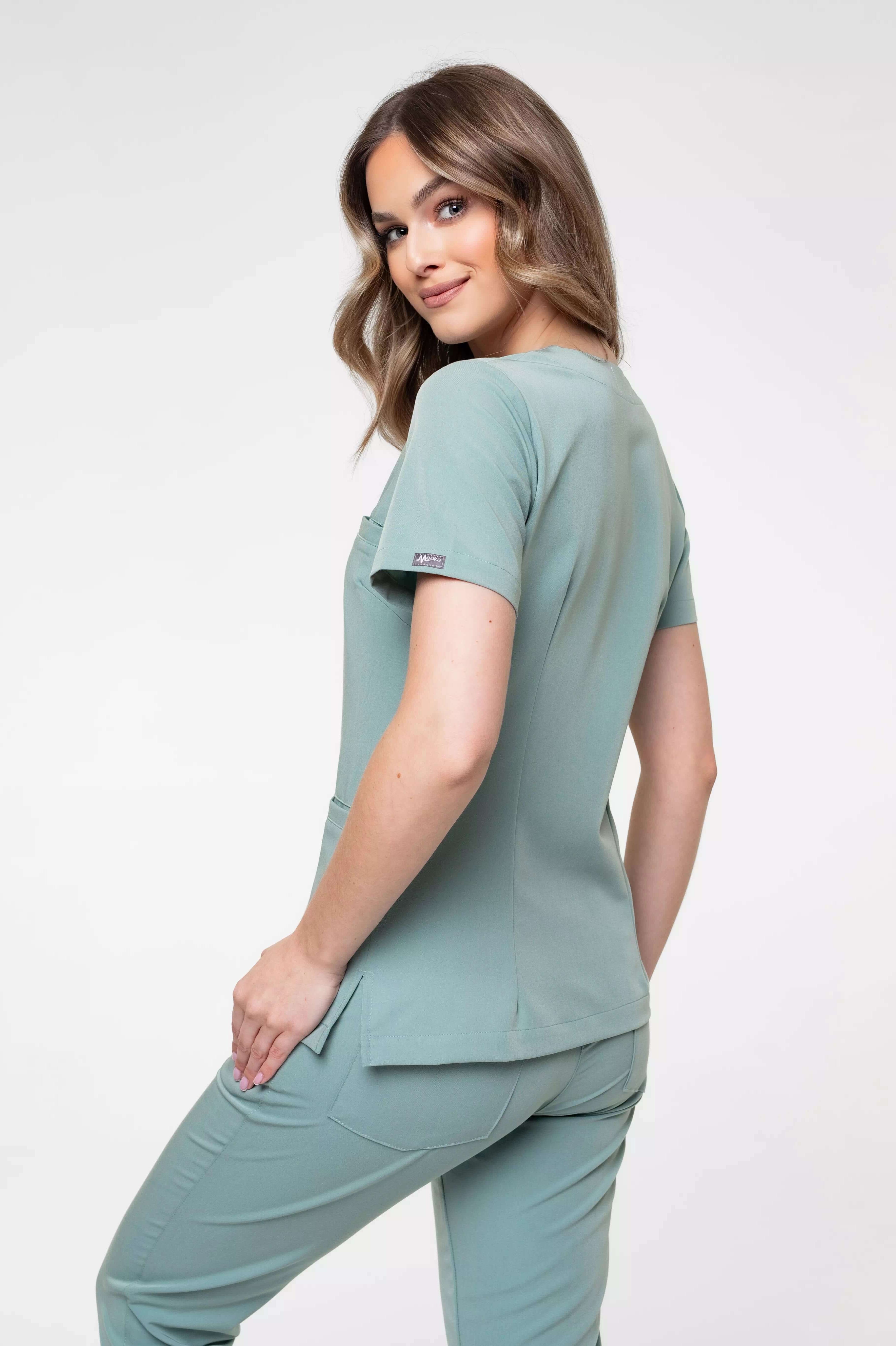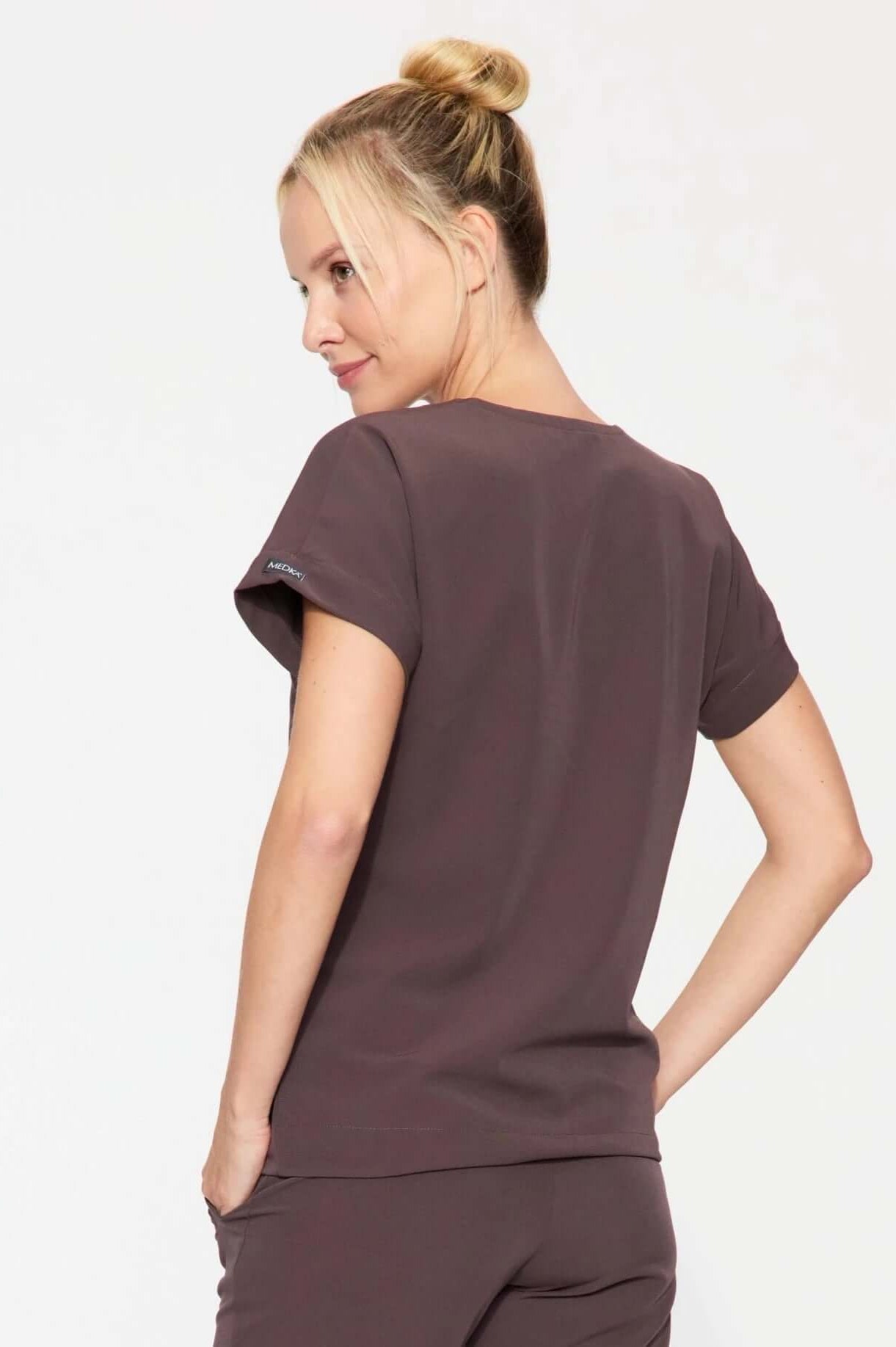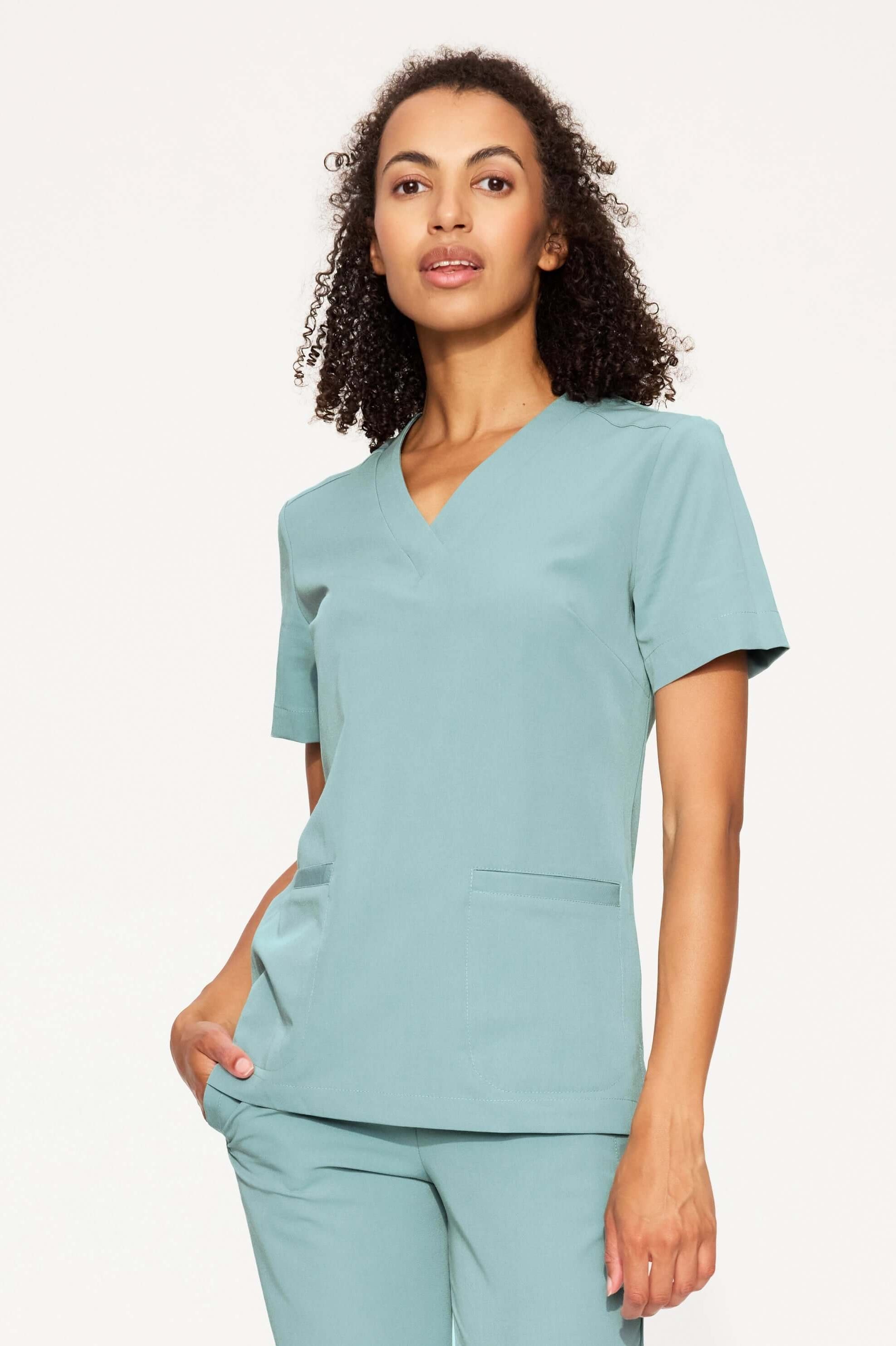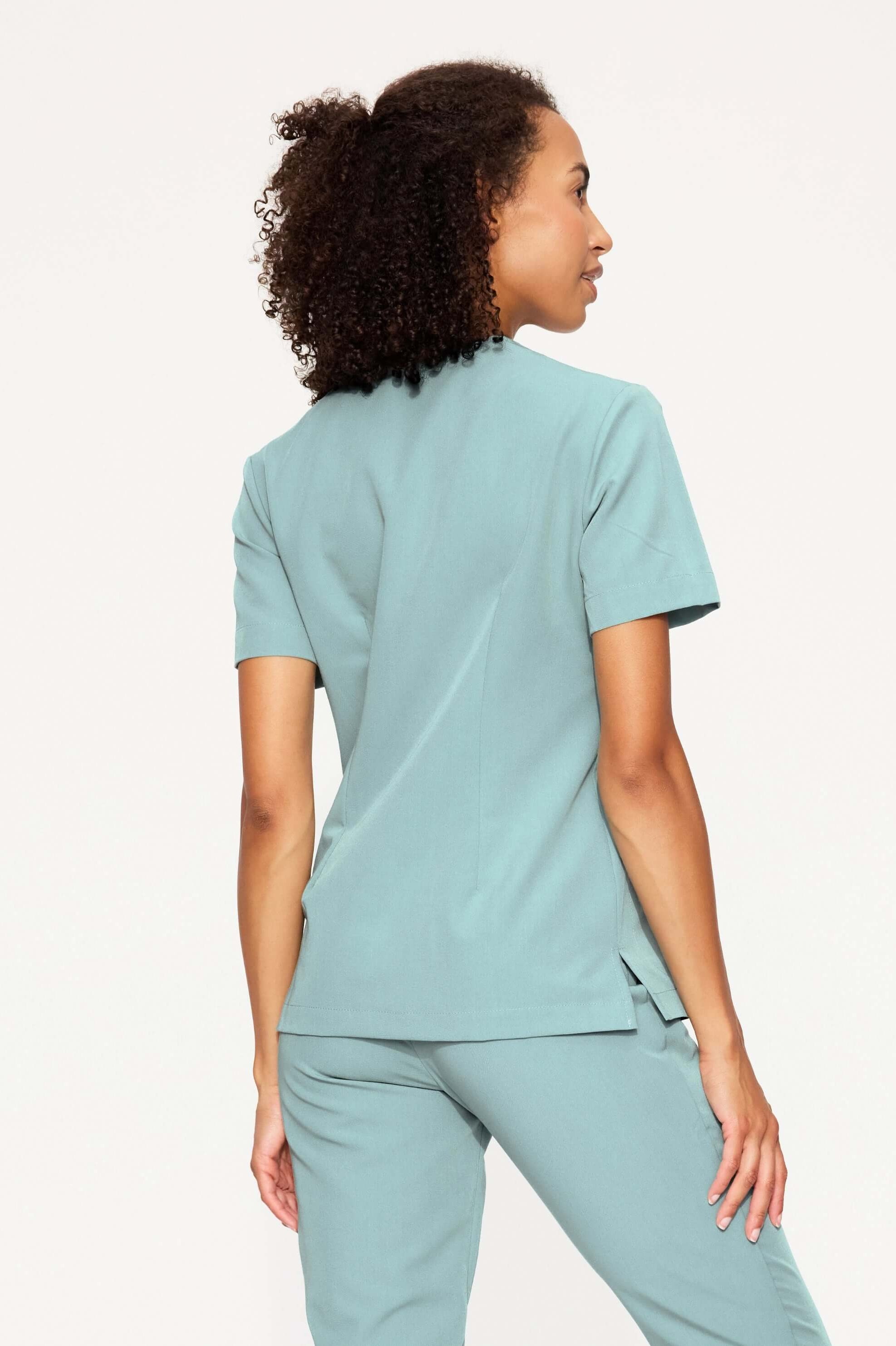In the world of medicine, where professionalism is intertwined with empathy, and modernity with tradition, medical clothing has not only practical but also symbolic. The times have passed when the white color dominated in the hospital corridors, now replaced with a kaleidoscope of colors, which not only enliven hospital interiors, but also carry a deep meaning. What the colors mean medical scrubs? This is a question that may come to mind in view of the color variety. The importance of color in male medical clothing or women's health care goes beyond aesthetics, affecting patients' perception, as well as the well -being of both sides. Check in our article what the colors of clothes in the hospital mean.
Color symbolism in medicine - color guide
Each of the colors used in this environment, also in offices and hospitals, should be associated in a friendly and open way. The most common variants are:
White - Traditionally associated with medicine, it symbolizes purity, sterility and impeccability. The white color of the scrubs is like a promise of security and professionalism, which makes it an integral part of the doctor's image, especially in medical offices and at the first contact with the patient.
Pink - This color that brings optimism and heat is often chosen by staff dealing with children or in areas where it is important that the patient feels comfortable and friendly. Pink has a calming effect, reducing stress and building the atmosphere of trust.
Navy - He personifies professionalism, credibility and peace. His presence in medical clothing emphasizes the seriousness of the situation, while not overwhelming the patient. In the offices, navy blue can set a balance between formality and availability.
Red - The red color, although less common due to its intensity, is used in critical areas, such as emergency departments, where rapid identification of personnel is necessary. Red, symbolizing energy and action, has an alarm function in these contexts.
Blue - Blue color associated with harmony and calmness, has a soothing effect on patients. Blue scrubs are a common choice among nurses and care staff, promoting the creation of atmosphere of trust and professional care.
Green - This color, most often found in operating rooms, helps reduce staff eye fatigue and has a calming effect. Green, symbolizing life and growth, emphasizes hope for recovery and regeneration.
Color schemes
Although historically the colors of clothes in health and hospital were strictly regulated, we are currently observing the trend to greater freedom of choice. This departure from uniform schemes allows the staff to express individuality, and at the same time meet the expectations of patients regarding professionalism and mental comfort.
The individual selection of the color of clothes in hospitals and offices not only distinguishes individual specializations and functions in the team, but also affects the perception of medical personnel by patients. Colors can provide information, adjust the moods and even affect the treatment process through the patient's mental effect.
The role of the color of medical clothing
In modern healthcare facilities, i.e. in hospitals, offices and other medical facilities, the psychological aspect of treatment is increasingly being paid. Choosing the color of clothing can be a conscious strategy, aimed not only in increasing the comfort of patients, but also the effectiveness of staff. Colors can affect the level of stress, which is particularly important in places where patients experience anxiety, e.g. in dental offices or in oncological departments. By introducing bright, soothing colors, you can slightly relieve tension, creating a friendly and calm atmosphere. The use of various colors in medical clothing also has a direct impact on the well -being and motivation of healthcare staff in hospitals or offices. The colors that are well received by the staff can contribute to increasing their satisfaction with work, which directly translates into the quality of patient care. It is worth noting that employees often choose the colors of clothing depending on their personal preferences or mood, which allows them to express their individuality at the workplace. The essence of the selection of appropriate colors in medical offices
The symbolism of the colors of clothing in healthcare has deep roots in culture and psychology. For example, purple, often associated with spirituality and luxury, can be used in mental health facilities to promote a sense of peace and reflection. In turn, yellow, symbolizing energy and optimism, can be used in rehabilitation areas, encouraging patients to be active and positive thinking in the recovery process. It is equally important to remember about the practical aspects of choosing the colors of medical clothing in healthcare.
Bright colors such as white or light blue, although they are associated with purity and hygiene, they may be less practical in everyday use, quickly revealing dirt. On the other hand, darker shades, such as navy blue or green, are more forgiving in the context of maintaining cleanliness, which can be particularly important in intensively exploited environments, such as offices, hospitals and clinics.
Color and the place of use
The integration of colors with modern medical clothing technologies, such as antibacterial materials or moisture, is another step towards improving the working conditions of staff and comfort of patients in healthcare. Thanks to these innovations, clothing used in clinics and clinics, offices becomes not only functional, but also capable of supporting a healthy work environment, minimizing the risk of infection. In the context of the global world of medicine and health protection, where the cultural diversity of patients and staff is common, the choice of colors in offices can also play a key role in building intercultural bridges. Understanding and respect for cultural color connotation can contribute to better agreement and effective communication in institutions, which is necessary for high -quality care.
Colors of clothes in the hospital
The choice of colors in medical clothing This is not only a matter of aesthetics, but also a conscious influence on the welfare of patients of offices and creating a positive image of staff. In an era, where medicine is more and more focused on a holistic approach to the patient, the colors of clothes can be a valuable element of non -verbal communication, building trust and even supporting therapy. All this makes the answer to the question "What does the colors have in medical clothing?" It is much more complex than it might seem, reflecting both tradition and individual approach to the patient's needs in healthcare.



